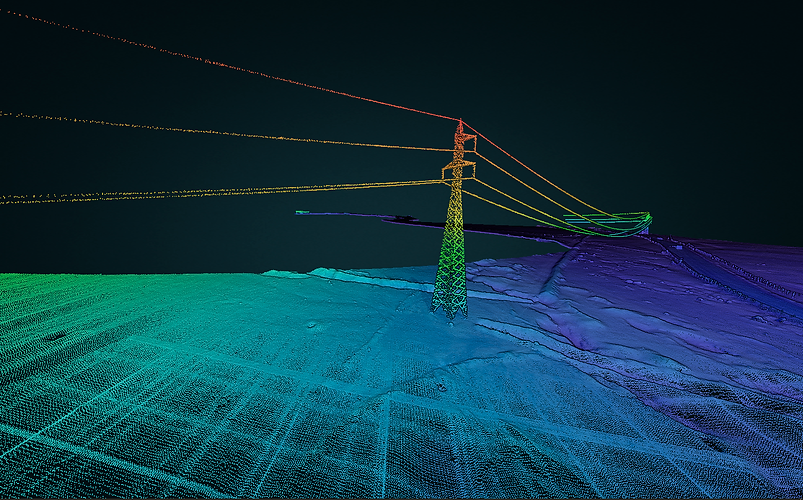top of page
LiDAR (Light Detection and Ranging) is a laser-based remote sensing technology. Its operation consists of: it emits a laser pulse on a surface, catches the reflected laser back to the LiDAR pulse source with sensors, measures the time laser travelled and calculates the distance from source.
Integrated into an unmanned aerial vehicle (UAV), LiDAR a GNSS receiver to provide accurate geodata about the sensor’s position (latitude, longitude and height) and an inertial measurement unit (IMU) to define the precise angular orientation of the sensor according to gravitational force. All these elements make it possible to form a complex three-dimensional map of the surveyed surface, called 3D point cloud.
bottom of page




